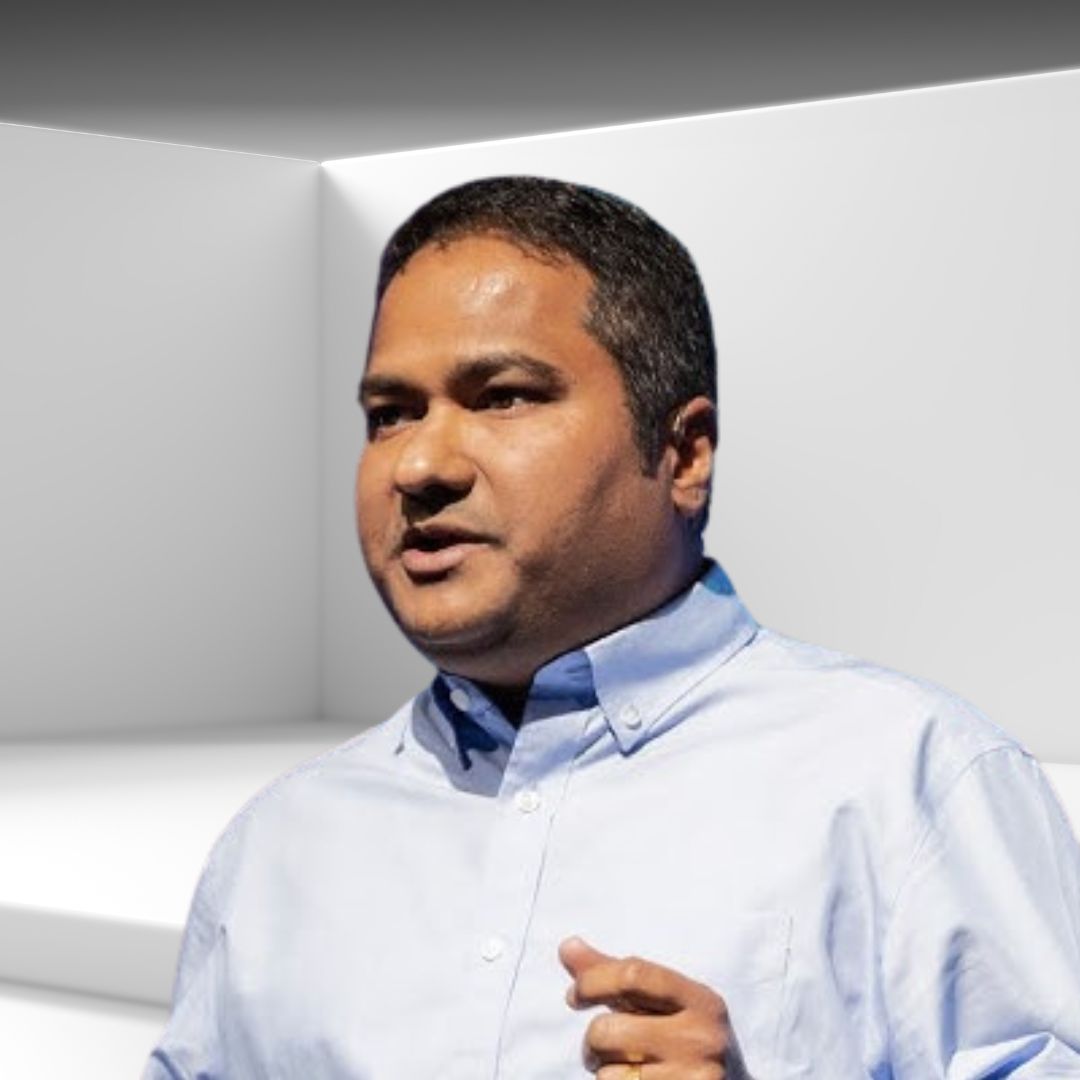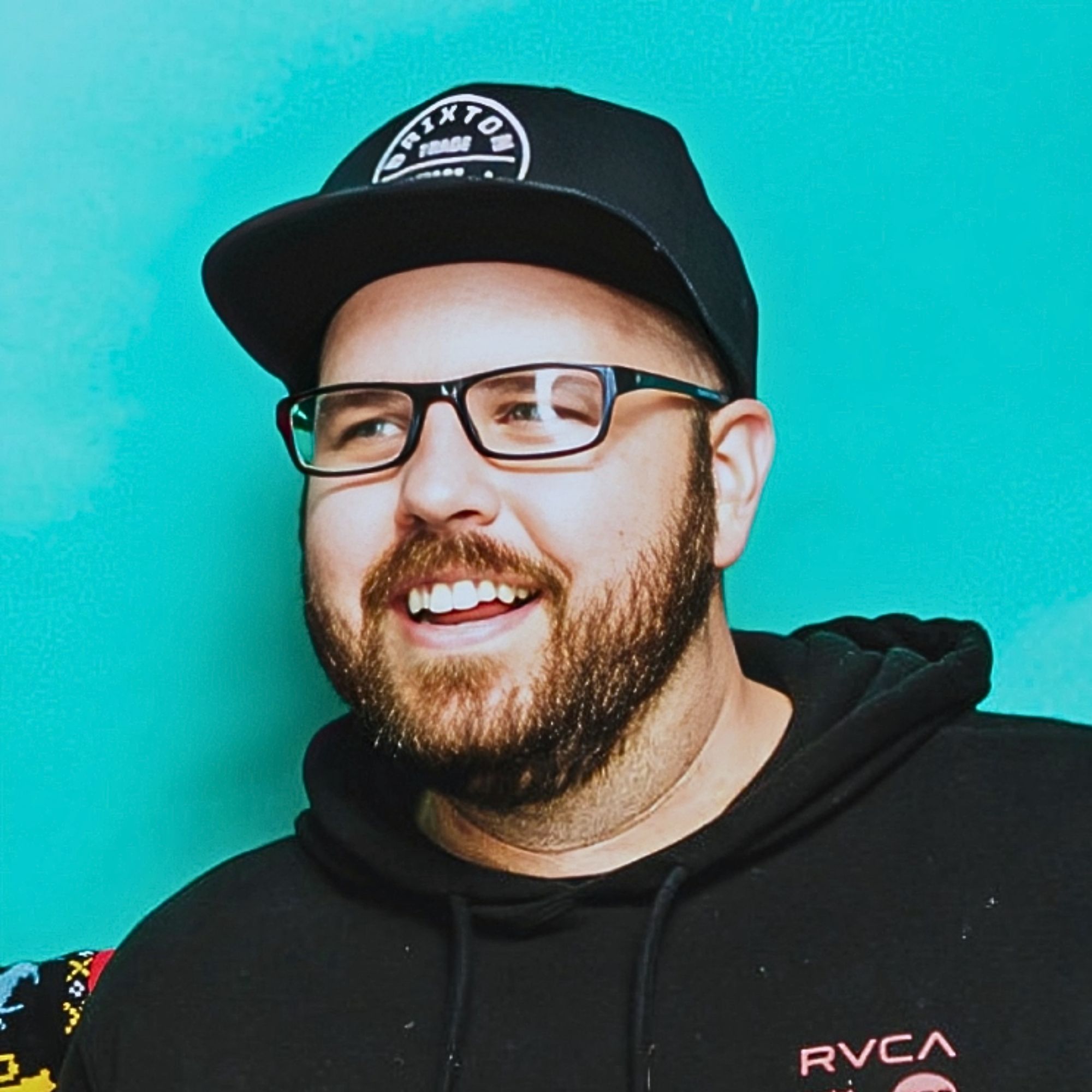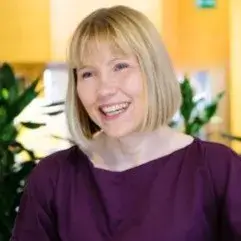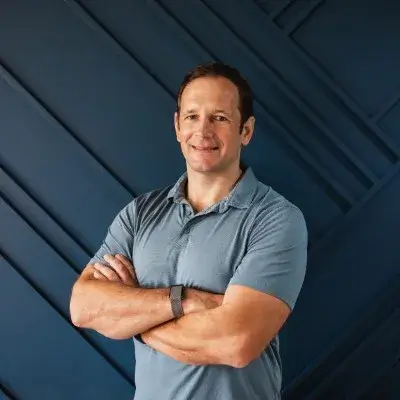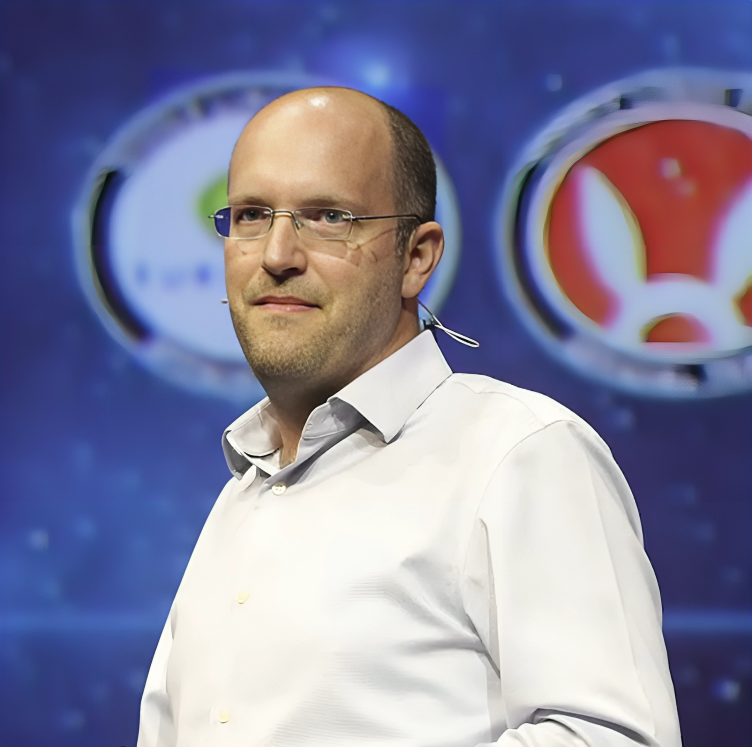Ready to build your own Founder-Led Growth engine? Book a Strategy Call
Frontlines.io | Where B2B Founders Talk GTM.
Strategic Communications Advisory For Visionary Founders
Actionable
Takeaways
Target problems that scale with volume:
Sean discovered that whether customers were nine-figure Amazon sellers or shipping 50 packages daily, they all faced identical supply chain problems. This universality across different company sizes and tech stacks validated the market opportunity. B2B founders should look for problems that persist regardless of customer sophistication or existing technology investments, as these represent fundamental market gaps rather than feature requests.
Build prototypes that fail 50% of the time and still get customers:
BackOps secured their first paying customer within 30-45 days despite having prototypes that "50% of the time just didn't work." Sean credits this to showing tangible ROI potential even with imperfect technology. B2B founders should focus on demonstrating clear value proposition over perfect execution in early stages - prospects can envision the full potential if the core value is evident.
Position against human labor, not just competitors:
BackOps rarely competes against other software solutions. Instead, they compete against hiring additional warehouse staff or outsourced development agencies. Sean explains customers evaluate them against "maybe they were planning on opening a new warehouse and adding two or three headcount." B2B founders should identify whether their primary competition is human labor or alternative solutions, as this fundamentally changes positioning and pricing strategies.
Leverage domain expertise for customer development:
Sean's Amazon background provided immediate credibility and a network of potential customers in 3PLs and fulfillment. His firsthand warehouse experience allowed him to articulate problems with authority. B2B founders should systematically leverage their professional background not just for product insights, but as a channel for early customer development and validation.
Avoid generic AI positioning in favor of specific use cases:
Sean emphasizes the challenge of selling AI products that "can kind of do anything" versus traditional software with clear functions. BackOps focuses on showcasing specific problems they've solved for similar businesses rather than generic "agentic workflow" messaging. B2B founders in AI should lead with concrete use cases and customer outcomes rather than technical capabilities or broad AI potential.
Plan the system of record roadmap from day one:
While BackOps launched with Relay, Sean has a clear vision to become the central nervous system that eliminates the need for "18 different systems." He positions this as their path to avoid commoditization and create defensible value. B2B founders should design their initial product as the foundation for a broader platform that consolidates multiple point solutions in their target market.
Conversation
Highlights
The Supply Chain Problem That Exists Everywhere: How BackOps AI Turned Universal Pain Into $8M in Funding
Most supply chain problems feel unique to each company. Different warehouse management systems, different carriers, different volumes—surely the challenges must be different too. Sean McCarthy discovered something surprising that changed everything.
In a recent episode of Category Visionaries, Sean McCarthy, co-founder and CEO of BackOps AI, revealed how a simple observation in Amazon warehouses led to building a supply chain intelligence platform that’s raised $8 million in funding and automates 80% of logistics problems without human intervention.
The Universal Problem Hidden in Plain Sight
Sean’s journey began during his time at Amazon, where he worked as a global sales leader and later joined the early Amazon shipping team. Spending countless hours in warehouses with customers, he noticed something that defied conventional wisdom about supply chain complexity.
“The folks that were nine figure sellers on Amazon, all the way down to the folks that were shipping 50 packages a day, all had these same problems,” Sean explains. “Despite they’re using different warehouse management systems or ERPs, and completely different tech stacks, the problem still persists.”
This revelation was counterintuitive. In an industry where solutions are typically segmented by company size, technology stack, or shipping volume, Sean discovered that the fundamental issues—damaged shipments, wrong delivery addresses, vendor portal navigation, claims processing—were universal. Whether a company shipped 50 packages daily or operated at nine-figure scale, their warehouse teams were jumping through identical loops, spending 20 minutes to hours resolving the same repetitive problems.
“I remember being in the warehouses and saying like, well, if there was something that could solve that, like how beneficial would that be? And seeing their eyes light up and they would say, wow, that would be great,” Sean recalls. After witnessing this reaction 10-15 times across different customers, he knew he’d identified a significant market opportunity.
From Observation to Action: The First 90 Days
Sean quit Amazon and partnered with Henry, a senior AI engineer from Apple, to tackle this universal supply chain problem. Their approach was decidedly unglamorous: build quickly, test aggressively, and learn from failures.
“The first 90 days was a lot of making sure that we started building the infrastructure and the technology that could actually solve this problem,” Sean explains. “Originally we came up with these really terrible prototypes and just started to go out in that first 90 days and kind of pen test our hypothesis.”
The early product barely worked. “Looking back, you know, we would be really nervous walking into these calls because 50% of the time it just didn’t work,” Sean admits. Yet despite these technical shortcomings, BackOps secured their first paying customer within 30-45 days.
How did a product that failed half the time land customers so quickly? The answer reveals a crucial insight about competing in B2B markets.
Competing Against Human Labor, Not Software
BackOps’ first customer came through a network introduction to a 3PL in San Diego. The CEO had been exploring automation tools and was paying an outsourced development agency to handle tasks his warehouse management system couldn’t perform.
“We basically said, hey, like our V1 can do the majority of what you’re paying this outsourced dev agency to do. And here’s all the other benefits,” Sean explains. The customer could see clear ROI potential despite the imperfect execution.
This experience revealed BackOps’ true competitive landscape. “You know, it’s interesting because you know, the VC answer and then there’s the customer answer,” Sean notes. “With customers we’re getting compared against human capital. We’re getting compared against maybe they were planning on opening a new warehouse and they were going to add on two or three headcount.”
Rather than competing against other software solutions, BackOps competes against hiring decisions. This fundamental insight shapes everything from pricing strategy to value proposition messaging.
The AI Positioning Challenge
As BackOps evolved, Sean encountered a unique challenge that many AI companies face: how to position technology that can theoretically “do anything” in a way that customers can understand and evaluate.
“When you’re selling an AI product, it can kind of do anything, right? And so really making sure that you’ve got a clear sell to the customer that they can conceptualize how it actually impacts their business is really important,” Sean explains.
Generic AI messaging falls flat. Instead of leading with “agentic workflows” or broad AI capabilities, BackOps focuses on specific use cases and concrete outcomes. “We know what you’re experiencing, you know, we know the problems that you’re dealing with every single day. We’ve already fixed those for like businesses,” Sean describes their approach to prospect conversations.
This specificity matters because supply chain stakeholders need to visualize exactly how the technology will integrate into their existing workflows and what measurable impact it will deliver.
Market Sentiment Shift: From AI Skepticism to Budget Allocation
Sean witnessed firsthand how market sentiment around AI in supply chain evolved throughout 2024 and into 2025. “I remember having some of the first phone calls and we cold called customers, we asked for referrals and did everything in between. But I remember with some of those first cold calls, folks saying things like AI is not there, we don’t trust AI and just really having more hesitation.”
The transformation has been dramatic. “The beginning of 2025 we started seeing AI innovation budgets and things that people were a little bit more open to. And then I think flash forward to now, you still get some of the hesitation, but in general the sentiment is much more positive.”
Sean attributes this shift to personal experience with tools like ChatGPT. “I think a lot of these stakeholders have used ChatGPT in their own personal life and they can kind of conceptualize how AI might benefit them.”
Building the System of Record Vision
While BackOps launched with Relay, their autonomous problem resolution product, Sean’s vision extends far beyond point solutions. The company has mapped out an ambitious roadmap to become what he calls “the central nervous system” of supply chain operations.
“Our vision really in the next two to five years is to become a system of record,” Sean explains. “The goal for all of these customers, no one customer that you go and talk to is going to say, yeah, I’ve got 20 systems. I love having 20 systems, it’s great. The goal is going to be to reduce those systems.”
This vision addresses a fundamental frustration in enterprise software: system proliferation. Rather than adding another tool to an already complex tech stack, BackOps aims to consolidate multiple functions—ticketing systems, project management, CRM for customer data—into a unified platform that understands the business and makes tailored recommendations.
“What system is going to become the system of record or the glue and act like that true central nervous system in the brain of the operation,” Sean asks. BackOps is positioning to be that system.
Scaling Through Strategic Focus
Today, BackOps serves a balanced customer base: 50% 3PLs and 4PLs, 50% industrial companies. This distribution isn’t accidental—it reflects the interconnected nature of supply chain operations, where roughly 60% of industrials outsource to 3PLs.
The company targets customers with sufficient volume to generate meaningful automation opportunities. “If they get five or 10 a day, that’s something they can usually handle. But if they’re getting 50 or 100 or they’re really complex problems, those are really good areas that we can have high impact,” Sean explains.
For industrial customers, the use cases are even more complex. “Those are much more complex workflows that a human can’t just do in 10 minutes. These are things that a human even would take hours or like I said, days to actually complete.”
The Path Forward: Rapid Timeline to Market Leadership
Sean believes BackOps can achieve their system of record vision faster than traditional enterprise software timelines suggest. “I actually think that it’s much closer than, you know, five years or 10 years. I think this is something we can do in a couple of years time with the advancements in technology.”
The rapid pace of AI development has accelerated their roadmap. “We have already put stuff on our roadmap that we put for next year that were able to do now just with how fast things are moving.”
This acceleration creates both opportunity and execution pressure. BackOps must balance rapid product development with customer success, ensuring they over-deliver for existing customers while building toward their broader platform vision.
The company’s lean team of seven is actively hiring engineers to support this growth trajectory, maintaining their scrappy approach while preparing for scale. “We always say, if you need something to do, you know, we’re not doing something right, please let us know. Because that shouldn’t be the case, especially at our stage.”
BackOps AI’s journey from Amazon warehouse observations to $8 million in funding illustrates how universal problems can become universal solutions. By focusing on problems that exist everywhere rather than niche technical challenges, building imperfect products that demonstrate clear ROI, and competing against human labor rather than software alternatives, Sean and his team have positioned BackOps to become the central nervous system of supply chain operations.
In an industry notorious for complex, fragmented solutions, BackOps’ vision of unified, intelligent automation offers a compelling alternative—one that promises to eliminate the “18 different systems” that plague modern logistics operations.











